The good news is that far from being a theoretical exercise, cities are already well along the way of integrating their own climate and resilience plans into the Green New Deal framework.
The term “Green New Deal” had been floating around various progressive circles since 2007, when New York Times columnist Thomas Friedman first started using it as a moniker for a panoply of market-based climate solutions, from taxing carbon to creating incentives for wind and solar energy. As far back as 2009, UN Environment expanded the idea to “A Global Green New Deal” in a policy report that sought to connect economic recovery and poverty eradication with reduced carbon emissions and ecosystem degradation.
However, it wasn’t until that day in November 2018 when the promise of this modern version of the original New Deal—a series of programs, public work projects, financial reforms, and regulations enacted in the 1930s by President Franklin D. Roosevelt to dig the United States out of depression—was catapulted onto the national stage. Supported by a vast majority of Americans as an ambitious but viable blueprint to addressing an unprecedented climate emergency, the Green New Deal has not only become a rallying cry for a new generation and a litmus test for political candidates, but produced congressional declarations and policy proposals in the form of the Green New Deal Resolution and, most recently, The Green New Deal for Public Housing Act.
https://youtu.be/d9uTH0iprVQ
Credit: A Message From the Future. Narrated by Alexandria Ocasio-Cortez and illustrated by Molly Crabapple.
And it’s not just in the United States that these three simple words have sparked widespread optimism. From Canada to Spain to the United Kingdom, a growing number of countries around the world have been framing their policy proposals around a broader Green New Deal framework. While local conditions and specific prescriptions vary for each country, there are now even calls for an International Green New Deal, modeled after the Marshall plan that followed World War II. The thinking goes that this transnational scale is needed to bring geographic, historic and technological equity to the process of protecting and repairing a biosphere we all share.
What do cities have to do with all of this?
In short, everything.
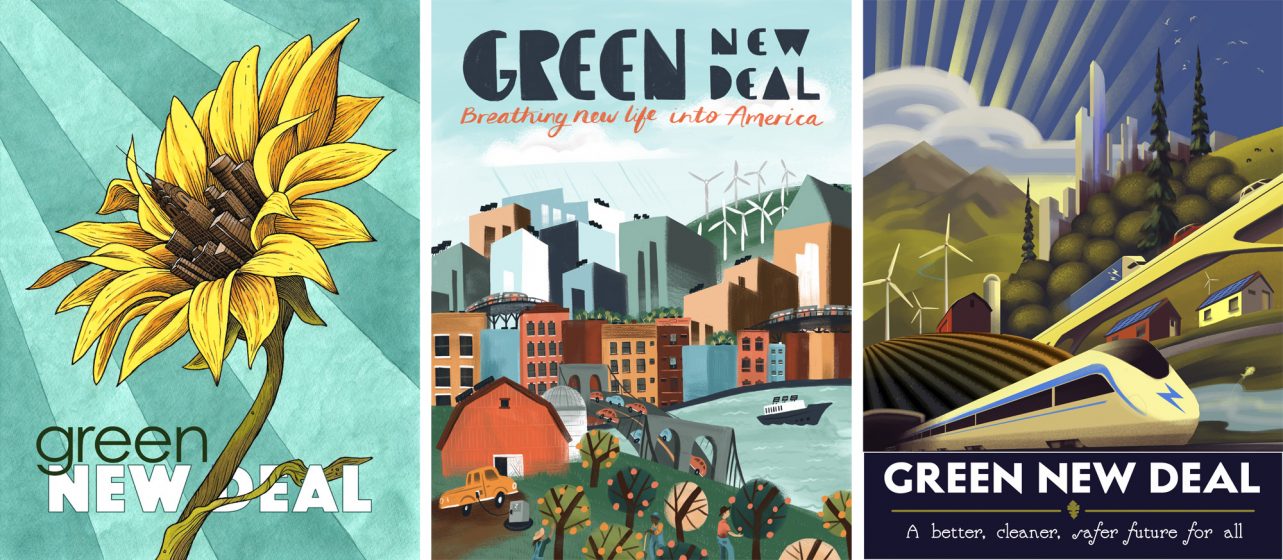
You don’t have to venture far to understand why. A brief glance around the pages of TNOC offers a remarkable array of examples of just how diverse, complex, and far-reaching of a human and natural ecosystem the modern city is. Its interwoven physical, social, ecological and design strands make for a metabolism worthy of a human body. There is an inherent need for resilience built into an organism that has to function in such a densely populated space while putting so much stress on its natural systems.
Invariably, the stress on its natural environment also translates into stress on its economic and social environments, with some inhabitants faring better than others. This creates a need for structural interventions and investments in its weakest links, to offer access to basic resources to all residents, which is not only fair but an indicator of the organism’s overall health.
The good news is that urban visionaries have already been experimenting with the kinds of policy changes in transportation, housing, energy, education and a host of other sectors that are at the core of creating healthier organisms. Standards and frameworks—from Arup’s City Resilience Index and c40’s Climate Action Planning Framework to Ecocity Standards and the Post-2020 Biodiversity Framework—have been developed to create roadmaps for cities on the most holistically sustainable paths forward.
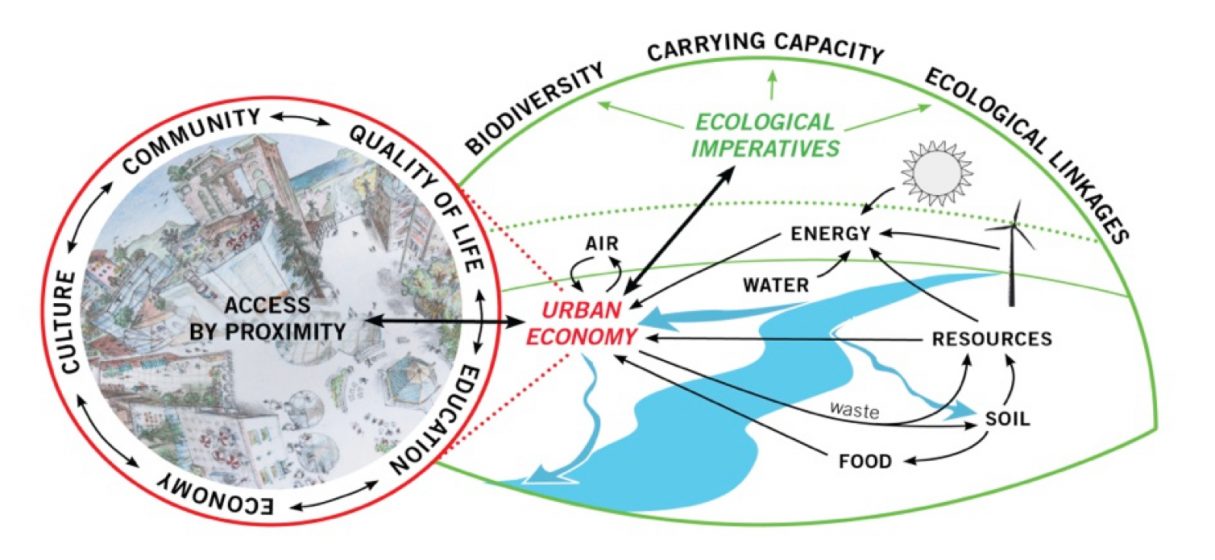
The conditions, challenges and aspirations laid out in these frameworks for urban sustainability, in essence, mimic the conditions, challenges and aspirations of the Green New Deal. And with cities having been at the forefront of the fight to mitigate climate change for quite some time now (to date, major cities like New York, London, and Paris as well as 1,180 jurisdictions and local governments covering 290 million citizens have declared a climate emergency), it stands to reason that these microcosms for humanity’s unbalanced ecological budget make for great laboratories to shape the most effective, comprehensive, and inclusive national and international Green New Deal programs.
There are numerous reasons why cities are uniquely positioned to fulfill the central Green New Deal tenets, but here are three important ones that come to mind.
1. The Physical Impact of Cities
According to the latest UN reports, cities consume 78 percent of the world’s energy and produce more than 60 percent of greenhouse gas emissions. Moreover, residents of just 100 cities account for 20 percent of humanity’s overall carbon footprint. From transportation to construction to food waste, no other entity emits as many greenhouse gases as the city.
There is simply no mathematical path to attaining the principal goals laid out in the Green New Deal Resolution without significant contributions by the largest artifacts humans build. Achieving “net-zero greenhouse gas emissions through a fair and just transition for all communities and workers” and investing “in the infrastructure and industry of the United States to sustainably meet the challenges of the 21st century” will not be attainable without cities doing much of the heavy lifting.
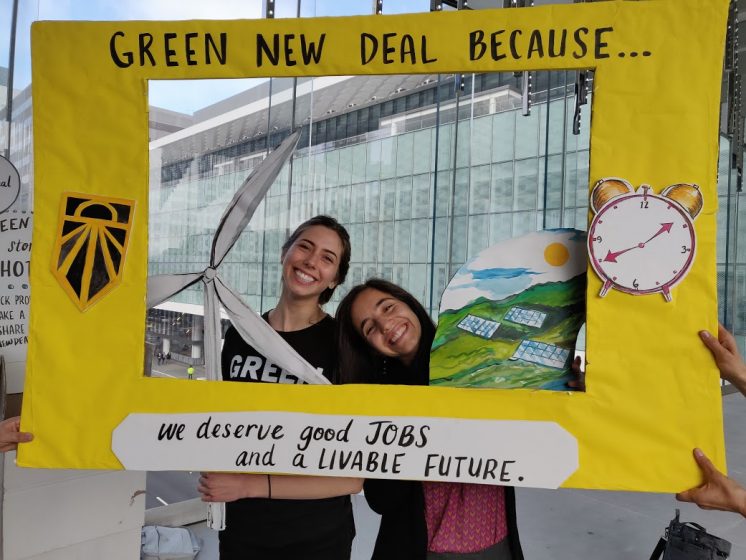
2. The Social Tapestry of Cities
The “fair and just transition for all communities and workers” outlined above points to the next pivotal provision in the resolution with regard to cities. In the United States in particular, but also across the globe, the growing rift between the haves and have-nots—not only economically but in terms of clean air and water, climate and community resiliency, healthy food, access to nature, and a sustainable environment—has disproportionately washed over its city-regions.
As the most densely populated settlements have had the most experience in grappling with and addressing these social and environmental inequities, they are also best equipped to offer models on how to level the playing field. Or, as the resolution states, to “promote justice and equity by stopping current, preventing future, and repairing historic oppression of frontline and vulnerable communities”.
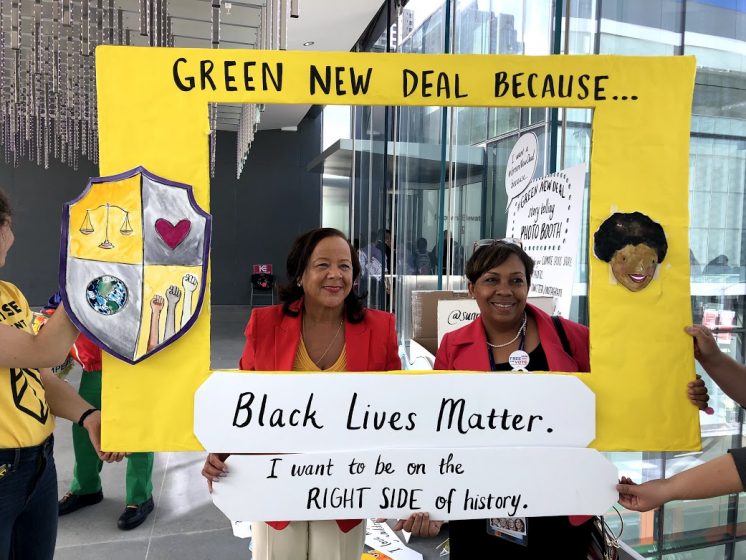
3. The Ecological Footprint of Cities
As recent reports of some of the world’s largest cities have shown, consumption, or embodied emissions from goods, food, and services may be as much as 60 percent larger than previously estimated. This departure from a two-dimensional, production-based carbon footprint assessment puts cities at the vanguard of the kind of whole systems ecological or “atmosphere-based” accounting that must be at the core of any large scale remedy to climate change.
The resolution’s aim to remove greenhouse gases from the atmosphere by restoring natural ecosystems, enhancing biodiversity, and promoting an international exchange of technology, expertise, products, funding, and services thus places cities into yet another pole position for Green New Deal modeling. Moreover, with social and economic justice at the front and center of the resolution, the creation of better equity between cities in developed and developing countries provides a blueprint for an eventual Global Green New Deal.
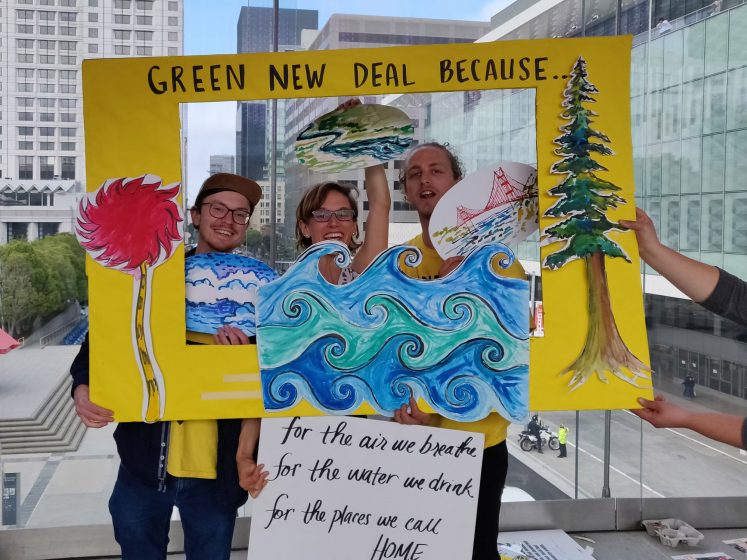
A Global Green New Deal for Cities
The good news is that far from being a theoretical exercise, cities are already well along the way of integrating their own climate and resilience plans into the Green New Deal framework. The City of Los Angeles is pitching its sustainability plan as its own version of the Green New Deal. Seattle recently launched itself on the path to a Green New Deal. Momentum for policies that help lay the groundwork for a national Green New Deal is growing in state and local legislatures across the United States, including conservative municipalities across the American heartland that are feeling the threats to their cultural identity from climate change and are willing to take action.
In Chico, California, a city of 100,000 that grew by 20% overnight due to the catastrophic 2018 Camp Fire that destroyed much of the neighboring town of Paradise, the City Council recently announced their Chico Green New Deal. The plan mandates 100 percent clean energy by 2020, climate neutrality by 2045, and that policy plans and initiatives to achieve these goals will be in place by 2026.
Chico Vice Mayor Alex Brown summarizes both the urgency and the vision: “We are in the midst of a climate crisis and cities and counties are uniquely situated to take the vision of a Green New Deal and apply it locally, using their unique strengths to steward the value of sustainable, resilient, just and economically stable communities.”
https://youtu.be/GxIDJWCbk6I
Credit: The Green New Deal, explained. Video: Vox.
And that’s just in the United States. The Green New Deal in the context of cities has already gone global, as a coalition of 94 mayors announced their intention to support a Global Green New Deal and recognize the “global climate emergency” at the c40 Climate Summit in October. In a tweet from the summit, US Representative Alexandria Ocasio-Cortez, one of the co-authors of the resolution, summarized why cities are the perfect laboratories for a Global Green New Deal: “Federal governments are failing to act on the climate crisis. We can’t wait for others to lead.”
Sven Eberlein
San Francisco
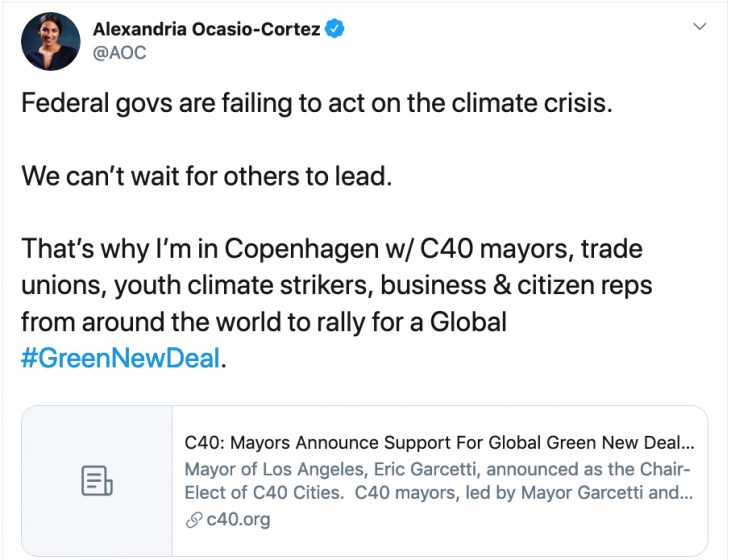
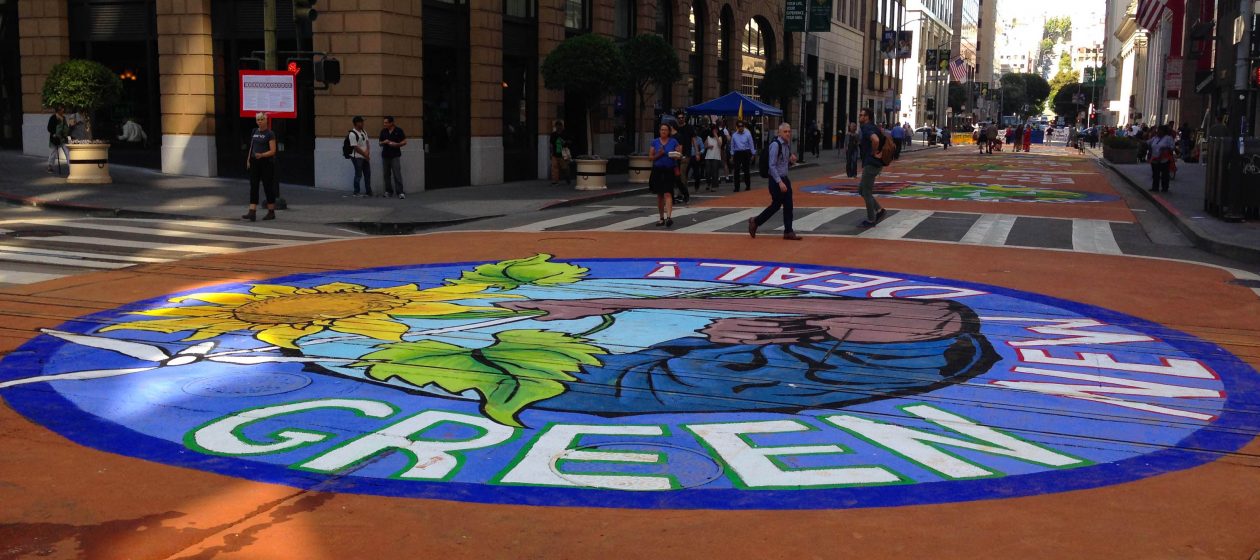


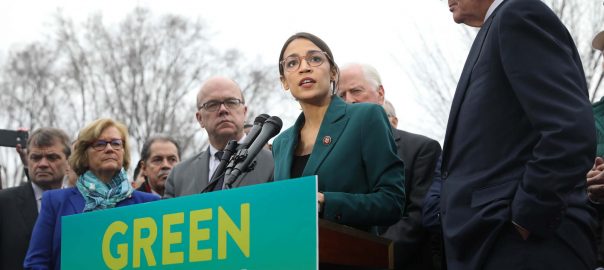
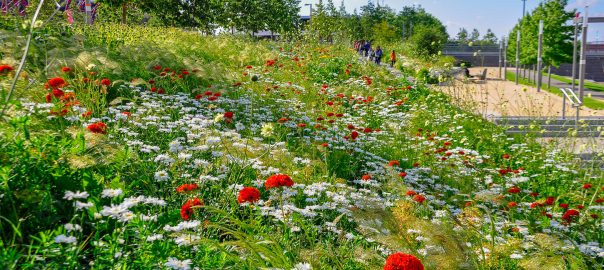
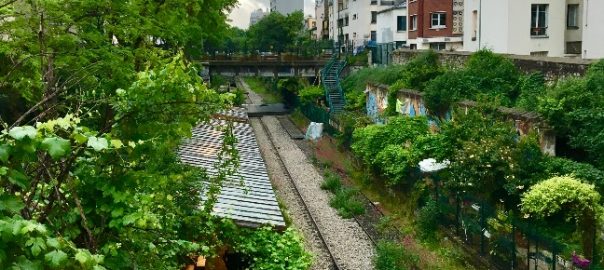
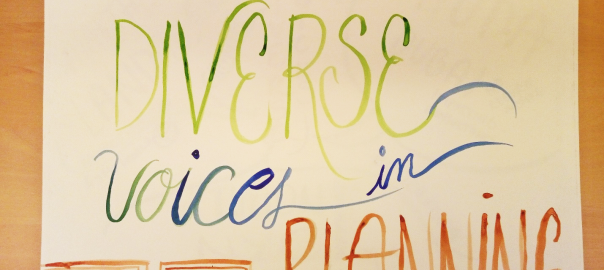
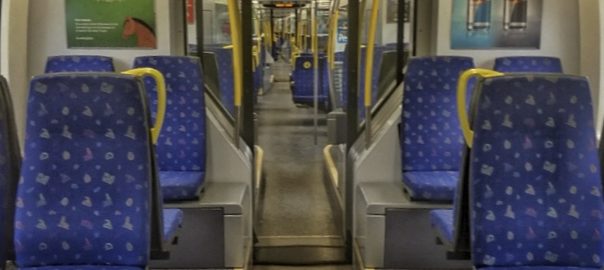
Leave a Reply